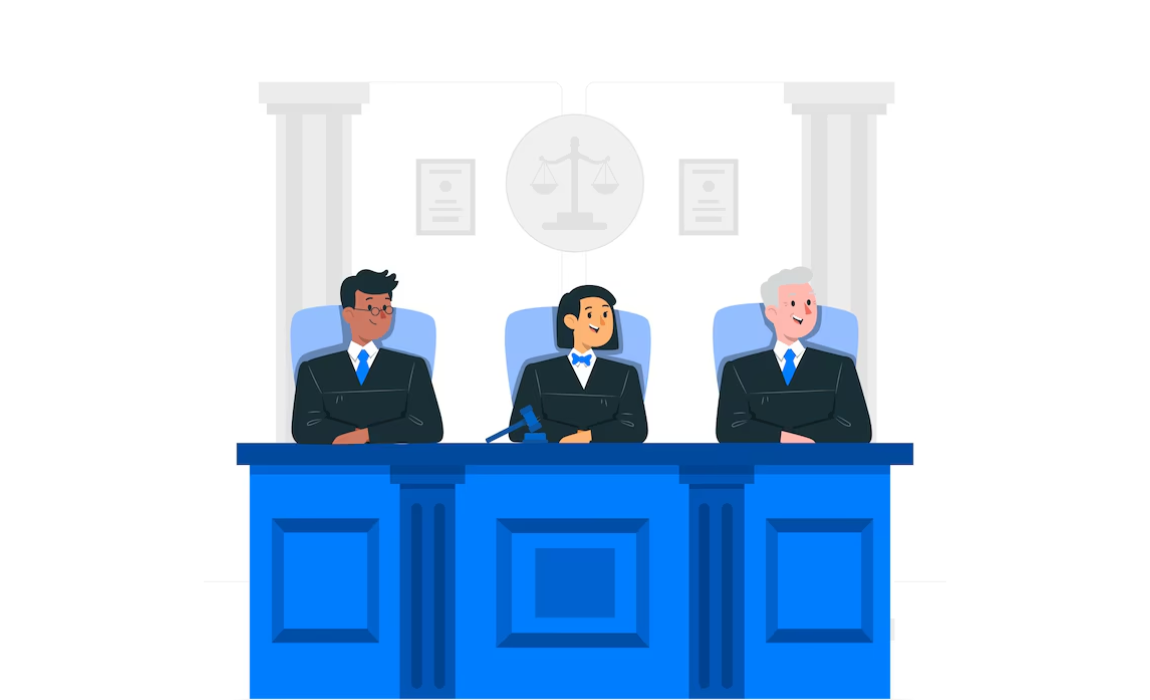
Supreme Court's Advisory Role under Article 143: Political Implications and Legal Boundaries
In the intricate framework of India’s constitutional democracy, Article 143 stands as a unique provision—authorising the President to seek the advisory opinion of the Supreme Court on questions of law or fact of public importance. While its utility in resolving complex legal puzzles is undeniable, the advisory jurisdiction of the apex court raises compelling questions about its potential political implications and the boundaries of judicial propriety.
This power, a constitutional legacy from Section 213 of the Government of India Act, 1935, is sparingly used—but always with significant national consequence. From the Berubari Union case in 1960 concerning territorial cession to Pakistan, to the thorny Ayodhya dispute in 1993, the Court’s opinions, although non-binding, have carried immense moral and legal authority. They not only guide the executive but often influence
the nation’s political discourse.
At first glance, Article 143 offers a channel for dialogue between the executive and the judiciary. In theory, it allows the government to obtain legal clarity before embarking on critical decisions, especially those with far-reaching public consequences. But in practice, this constitutional provision treads a thin line between assistance and overreach.
The real tension lies in the potential for political misuse. By referring controversial or politically sensitive matters to the Court, the executive may sometimes attempt to transfer the burden of decision-making to the judiciary. Such instances can cloak political decisions in judicial sanctity, blurring the lines of responsibility. In doing so, it risks dragging the judiciary into political mudslinging—a dangerous precedent in a democracy that relies on institutional independence.
The Ayodhya reference of 1993 stands as a cautionary tale. The Court, wisely, chose to decline answering the question posed by the President, recognising that the issue—steeped in history, faith, and politics—was not one of pure law. That decision reinforced the idea that judicial restraint is often the most powerful expression of judicial independence. It was a reminder that not every question posed to the judiciary deserves an answer, especially if it leads the Court into the thicket of political controversy.
What further complicates the advisory power is its lack of binding force. Technically, the executive is free to disregard the Supreme Court’s opinion. However, doing so is politically costly and legally controversial. This creates a paradox: the advice is not binding, but often treated as such, giving it a quasi-judicial character that was never intended by the framers of the Constitution.
To preserve the sanctity of this unique power, both the President and the Court must exercise restraint. The former must avoid using Article 143 as a political shield; the latter must insist that questions referred are of clear legal nature and significant public interest. Abstract, hypothetical, or purely political questions must remain outside the Court’s advisory scope.
Ultimately, Article 143 is a double-edged sword. When used sparingly and sincerely, it reinforces constitutional dialogue and supports democratic decision-making. But when wielded carelessly, it can erode the independence of the judiciary and distort the constitutional balance of power.
As India continues to grapple with questions that test the limits of law, politics, and faith, the Supreme Court’s advisory role must remain guided by principle, not pressure. In preserving its credibility, the Court must remember that sometimes, the wisest opinion is silence.
